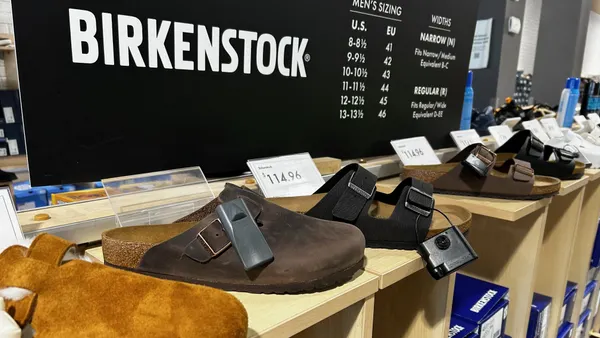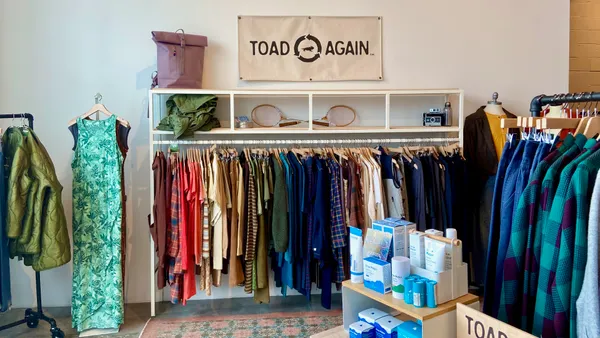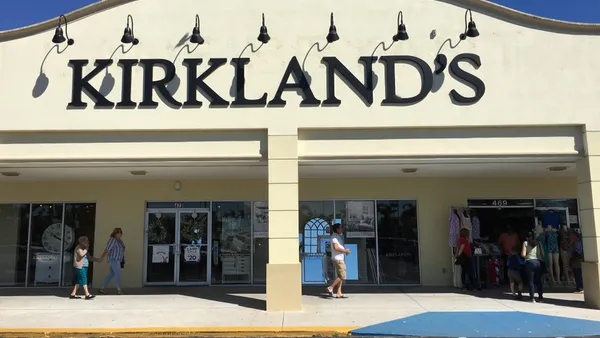Dive Brief:
-
Restoration Hardware has instituted a pay-to-play model for its RH Grey Card loyalty program in lieu of holding sales.
-
For a $100 a year, customers enjoy 25% off in all departments, 10% off clearance items, complimentary interior design services, early access to clearance events and lower interest rates on the RH credit card. Perks don’t include free shipping.
-
Most loyalty programs are free (requiring email addresses and other ways to market and collect data), but the Restoration Hardware model resembles Amazon’s $99 annual Prime program, Costco’s $55 annual membership model and Barnes & Noble’s $25 annual rewards fee.
Dive Insight:
Several sources told the Minneapolis Star-Tribune that membership-based loyalty programs are a trend that will likely continue.
“Welcome to the future,” said Marshal Cohen, senior analyst at the NPD Group. “Retailers have figured out that if they give us additional value, we’re usually willing to pay for it.”
But the model isn’t for everyone. While upper-middle income and wealthier shoppers can afford to pony up a hefty annual fee before buying anything, lower- and middle-income consumers have enough of a challenge paying for the goods they buy.
Last October e-retail newcomer Jet abandoned its $50 per year membership model just months after its launch in favor of raising prices slightly and leaning on dynamic pricing that allows for greater savings on many items.
Restoration Hardware customers seem mostly amenable to the idea, according to the Star-Tribune, with many quickly doing the math in their heads and realizing that the designer services and 25% discount could add up to more than $100.
“Anyone planning to spend $400 or more in the next year at Restoration Hardware would sign up,” Jason Steele, credit card expert at Comparecards.com, told the Star-Tribune. “They’ll save the $100 fee in one purchase.”
But it may mean that some customers pony up the fee in a year when they do a lot of decorating, just to avoid it in other years. A membership can be galling if the savings doesn’t add up. And it remains to be seen how many retail memberships even a wealthy household is willing to pay for in any given year.














